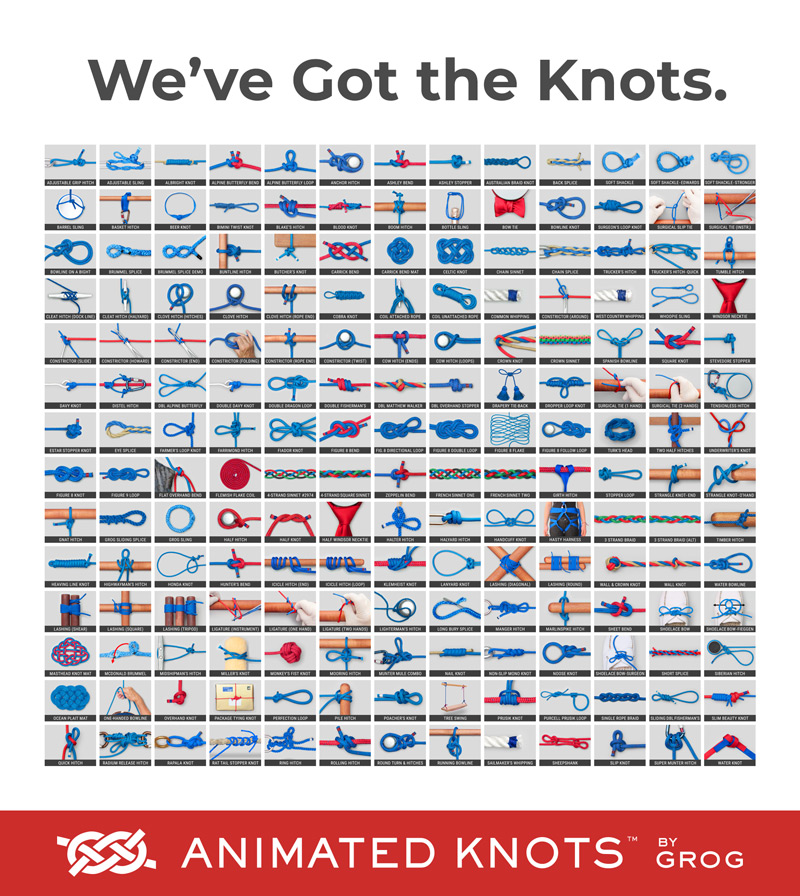I've been fine using the welded loops that come with fly lines.
But over time, they can go bad too.
Usually, the line coating cracks down to the line core, right at the split that forms the loop
Not failing yet, but definitely weaker.
I keep an eye open for this, usually when cleaning it.
Then cut it off when it happens, and nail knot a piece of mono on then.
But have even had that fail a few times.
The nail knot seemed to have dug into the line coating for some reason, and cracked it.
Maybe the line was just getting old and a little too brittle.
In that event, I have a plan C - the old braided loops, which I still have a few of them around.
I know they're not ideal, but they have saved a few older lines for me that were still usable






